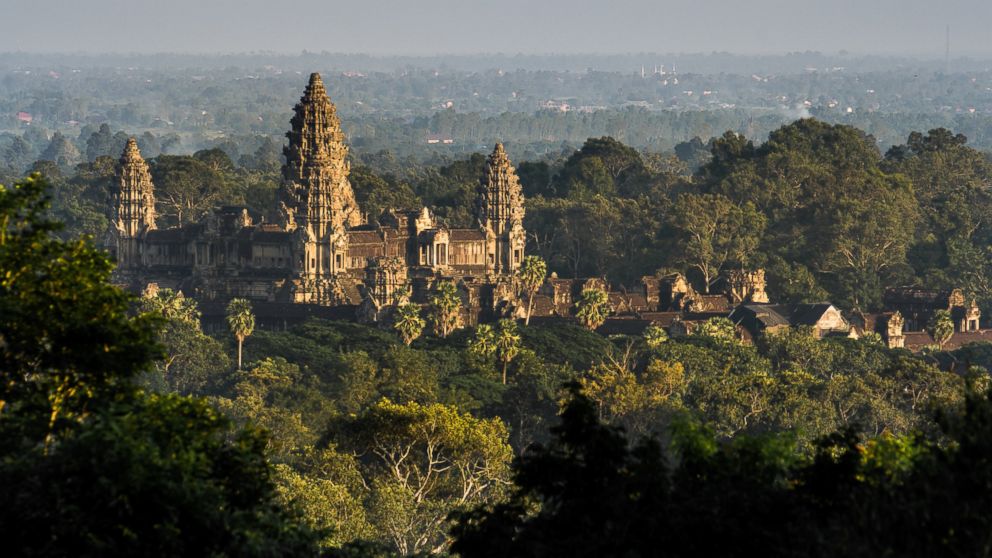Ancient Hidden Cities in Cambodia Uncovered by Laser-Equipped Helicopters
Helicopter-mounted lasers paint a detailed picture of lost cities.

— -- Researchers using helicopter-mounted lasers have discovered a complex system of lost cities from the Khmer civilization in Cambodia, marking a pivotal point in the field of archaeology.
The Cambodian Archaeological Lidar Initiative (CALI) published findings today that may change the way historians view lost cultures. The team used airborne laser scanning technology in what they called "the most extensive acquisition ever undertaken by an archaeological project," in the Journal of Archaeological Science.
The lasers allowed researchers to "see through vegetation and uncover remnant traces of past societies," according to the study.
With this technology, CALI was able to create a database of the changing landscape through nearly 2,000 years, revealing "patterns of human-environment interactions at the regional scale."
The findings open the door for a more complex understanding of the way cultures evolve, rise and fall, researchers said. "Early Khmer societies profoundly, and repeatedly, transformed the landscapes in which they lived," the study found.
While some artifacts of the civilization remain, like Angkor Wat, a temple popular with tourists, much of the urban environments developed by the Khmer were constructed from non-durable materials like wood, only employing masonry for religious monuments and water management. This new technology allows researchers to see the imprints left behind by that non-durable material and map out residential areas and water reservoirs.
Dr. Damien Evans of the Ecole Française d’Extreme-Orient authored the study in cooperation with Cambodia’s Authority for the Protection of the Site and Management of the Region of Angkor and the Cambodian Ministry of Culture and Fine Arts, of which CALI is a joint endeavor.
"Ultimately, these studies will allow us to move beyond proximal, culturally specific explanations for the collapse of early societies in monsoon environments," Evans wrote in the study. "In doing so, archaeologists will be much better prepared to address one of the core issues facing studies of societal resilience."




